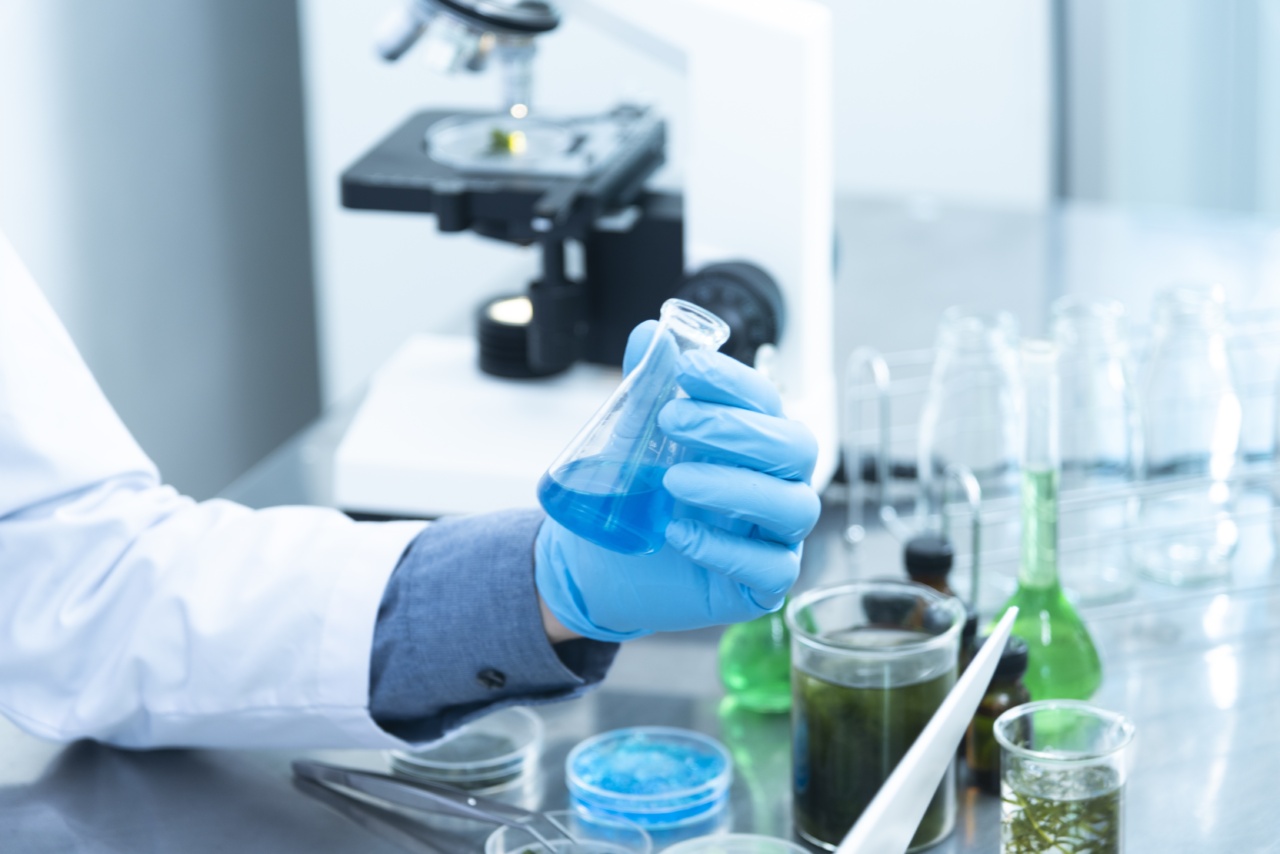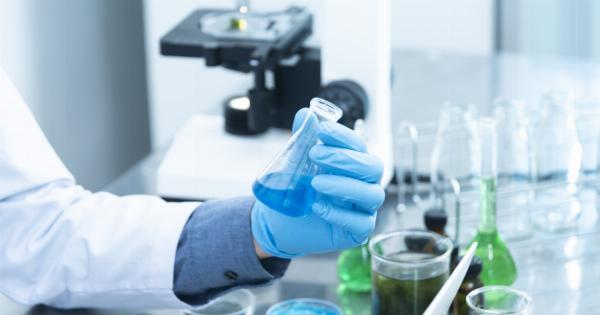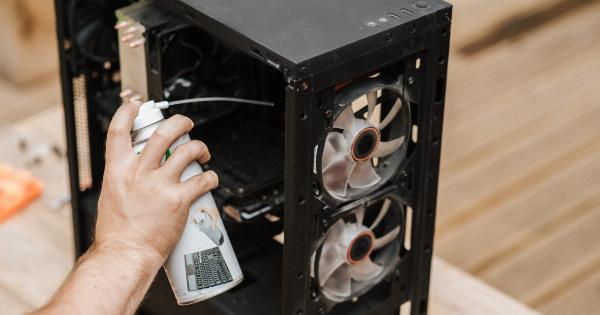Chemical peeling is a cosmetic procedure that involves the application of a chemical solution to the skin surface. The solution causes the outer layer of the skin to peel off, revealing a smoother, brighter, and evenly toned skin layer.
Chemical peels can be used to treat various skin concerns such as acne scars, hyperpigmentation, fine lines, wrinkles, and age spots. In this article, we will discuss the types of chemical peels, how they work, benefits, risks, and aftercare.
Types of Chemical Peels
There are three types of chemical peels: superficial, medium, and deep.
Superficial Peels
Superficial peels penetrate only the outermost layer of the skin, called the epidermis. They typically use mild acids such as alpha-hydroxy acid (AHA) or beta-hydroxy acid (BHA), and require no downtime.
They are suitable for treating minor skin concerns such as dullness, fine lines, and acne.
Medium Peels
Medium peels penetrate deeper into the skin, beyond the epidermis, into the upper layer of the dermis. They use acids such as trichloroacetic acid (TCA), and typically require some downtime for healing.
Medium peels are suitable for treating moderate skin concerns such as acne scars, hyperpigmentation, and deeper wrinkles.
Deep Peels
Deep peels penetrate the deepest layers of the skin, beyond the upper dermis, into the lower layer of the dermis. They use strong acids such as phenol and require a longer healing time of up to several weeks.
Deep peels are suitable for treating severe skin concerns such as deep wrinkles, extensive sun damage, and scars.
How Do Chemical Peels Work?
Chemical peels work by causing controlled damage to the outer layers of the skin, which stimulates the skin’s natural healing process.
The solution applied to the skin causes the top layers of the skin to peel off, revealing the fresher, smoother, and evenly toned skin layer underneath. As the skin heals, it produces new collagen and elastin, which improves skin texture, increases skin firmness, and reduces wrinkles and fine lines.
Benefits of Chemical Peels
Chemical peels offer several benefits for improving the appearance of the skin.
Improves Skin Texture
Chemical peels can help to smooth out rough skin texture, giving the skin a fresh, healthy look and feel.
Reduces Fine Lines and Wrinkles
By stimulating collagen production, chemical peels can reduce the appearance of fine lines and wrinkles.
Improves Skin Tone and Brightness
Chemical peels can lighten uneven skin tone and restore a brighter, more even complexion.
Treats Acne and Acne Scars
Chemical peels can unclog pores, reduce oil production, and exfoliate the skin, making them an effective treatment for acne and acne scars.
Reduces Hyperpigmentation
Chemical peels can fade hyperpigmentation caused by sun damage, hormonal changes, or aging.
Risks of Chemical Peels
Like any cosmetic procedure, chemical peels come with some risks.
Skin Irritation
Chemical peels can cause skin irritation, redness, and swelling.
Scarring
In rare cases, chemical peels can cause scarring, especially deep peels.
Hyperpigmentation
Chemical peels can cause temporary or permanent hyperpigmentation, especially in people with darker skin tones.
Infection
There is always a risk of infection with any cosmetic procedure.
Aftercare for Chemical Peels
After getting a chemical peel, it is essential to take proper care of the skin while it heals.
Avoid Sun Exposure
It is crucial to stay out of the sun after getting a chemical peel. Sun exposure can cause hyperpigmentation and prolong healing time.
Moisturize
Keeping the skin well moisturized can help to reduce dryness and flaking caused by healing.
Avoid Harsh Products
Harsh products such as scrubs, chemical exfoliants, and retinol should be avoided until the skin has fully healed.
Stay Hydrated
Drinking plenty of water can help to keep the skin hydrated and healthy.
Conclusion
Chemical peels are a cosmetic procedure that can improve the appearance of the skin by treating various skin concerns such as acne scars, hyperpigmentation, fine lines, wrinkles, and age spots.
There are three types of chemical peels: superficial, medium, and deep. Chemical peels work by stimulating the skin’s natural healing process and producing new collagen and elastin.
While chemical peels offer several benefits, they also come with some risks, such as skin irritation, scarring, hyperpigmentation, and infection. After getting a chemical peel, taking proper aftercare is essential for optimal healing and results.





























